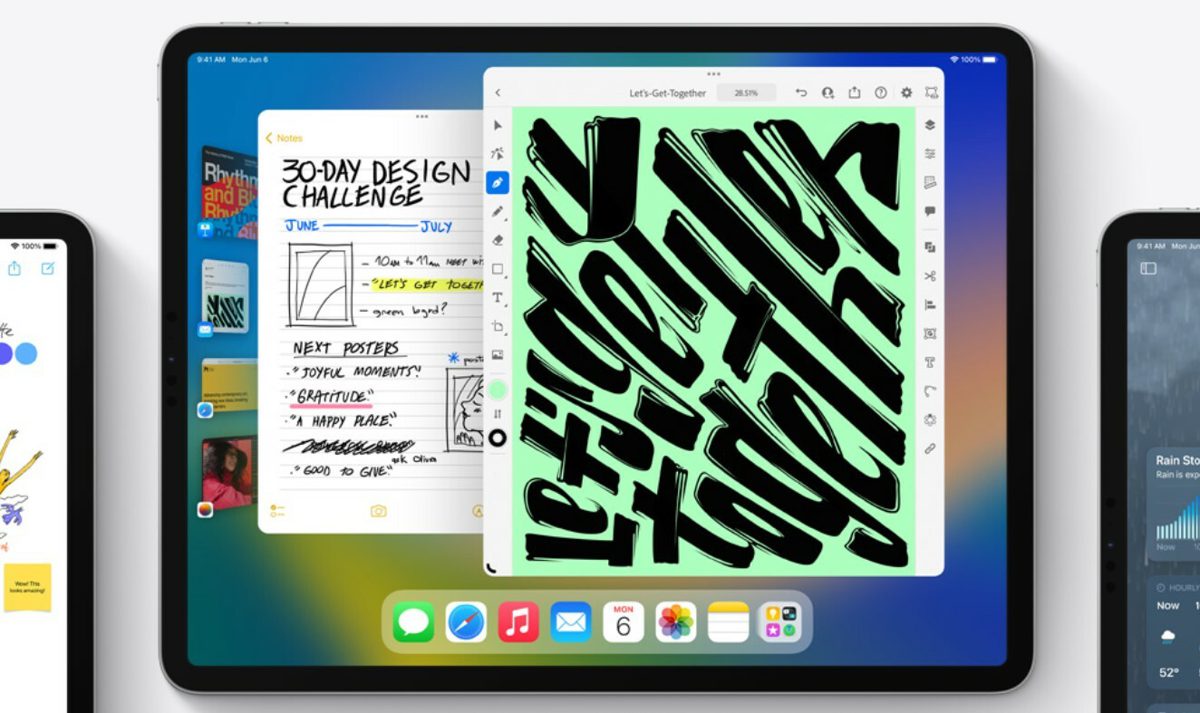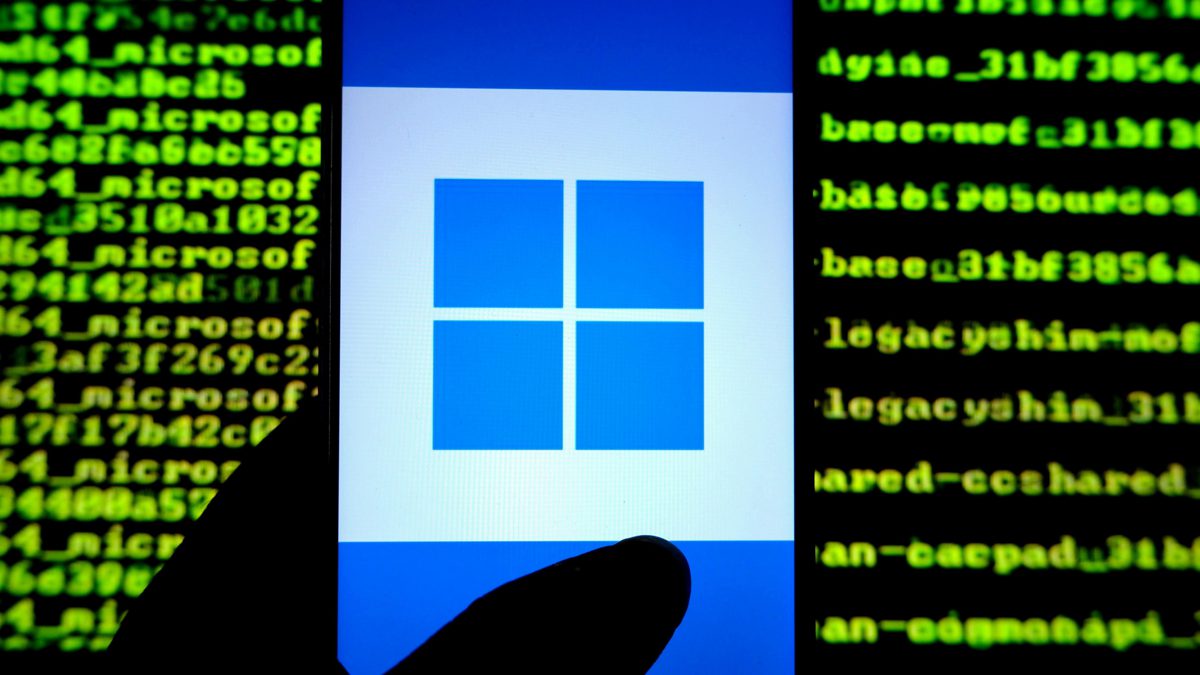Apple’s next-gen operating systems are currently in public beta, meaning early adopters can test iOS 16, iPadOS 16, and macOS Ventura on their personal devices before a final fall release.
Naturally, OS updates mean that some older hardware gets phased out of the support cycle. However, iPadOS 16 is unique in that some features are exclusive to Apple tablets equipped with the Apple M1 chip. So, which iPads will run iPadOS 16, and how can you tell which versions have the M1 chip? We’ll break it down for you.

Among the features exclusive to devices with the M1 chip is Stage Manager, Apple’s new window-focused multitasking tool. There are two ways to see if your iPad runs an M1. First, check the model number on the back of your device. Currently, the devices utilizing the M1 chip include:
- The 5th-generation iPad Air, introduced in 2022. It comes in 64GB and 256GB iterations. The model numbers are A2588, A2589, or A2591.
- The 5th-generation iPad Pro 12.9-inch, introduced in 2021. It comes in 128GB, 256GB, 512GB, 1TB, and 2TB versions. The model numbers are A2378, A2461, A2379, or A2462.
- The 3rd-generation iPad Pro 11-inch, introduced in 2021. It comes in 128GB, 256GB, 512GB, 1TB, and 2TB flavors. The model numbers are A2377, A2459, A2301, or A2460.
Alternatively, you can go into your iPad’s Settings menu and tap General > About. You should see the iPad’s details at the top of the screen, including the model name. If you have an iPad Air (5th generation), iPad Pro 12.9-inch (5th generation), or iPad Pro 11-inch (3rd generation), then you have an M1 device that can utilize virtually all of the iPadOS 16 update features.

To clarify, we say virtually due to the Reference Mode feature that offers a unique, color-accurate screen mode via the XDR display. It’s ideal for people who do color work, such as 3D modeling, painting, and photo editing. But it’s exclusive to the iPad Pro 12.9-inch (5th generation).

If you’re not too concerned with Stage Manager or the M1 chip, and just want to know which iPad models get iPadOS 16 this fall, here is a breakdown. At the time of this writing, iPadOS 16 is compatible with the following devices:
- iPad Pro (all models)
- iPad Air (3rd generation and later)
- iPad (5th generation and later)
- iPad mini (5th generation and later)
Check the Settings menu using the steps mentioned above to see which iPad you own.
Apple’s OS public betas are currently live, and enrolling your device is a cinch. These updates feature excellent improvements, but if you’re a newbie, or don’t have an extra device that can load up the betas, wait for the stable versions of these OSes, which arrive this fall.
For more, read our impressions of iOS 16 to get a gist of what’s coming to the iPhone; MacBook users should take a peek at our macOS Ventura preview, as well.
.













